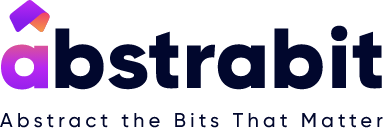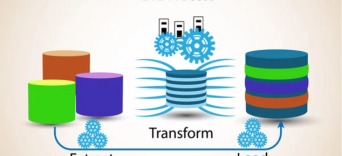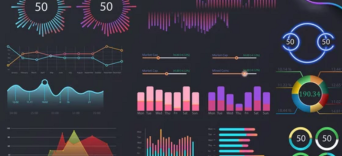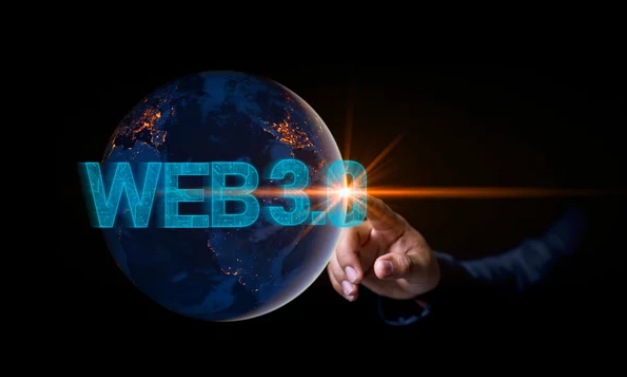The internet has undergone a lot of changes over the years. From Web 1.0 to Web 2.0 and now the transition to Web 3.0, the internet has come a long way. The transition to Web 3.0 is one of the most significant changes we’ve seen in the internet’s history. It is a transition from a centralized internet to a decentralized one, where users have control over their data and transactions. In this blog, we’ll explore the transition to Web 3.0 and what it means for the future of the internet.
Web 1.0 was the first generation of the internet, characterized by static web pages and one-way communication. Web 2.0, on the other hand, is the current generation of the internet, where users can interact with websites, share information, and create content. It is the era of social media, online shopping, and cloud computing. However, Web 2.0 is still centralized, with data and control residing with a few large corporations.
Web 3.0, also known as the decentralized web or the blockchain web, is the next evolution of the internet. It is a more secure and transparent internet that allows users to interact with each other directly, without the need for intermediaries. It is a more open and inclusive internet that prioritizes user privacy and control over their data.
One of the key features of Web 3.0 is blockchain technology. Blockchain is a distributed ledger technology that allows for secure and transparent transactions without the need for intermediaries. It is the backbone of cryptocurrencies like Bitcoin and Ethereum, and it has the potential to revolutionize industries beyond finance.
In Web 3.0, users will have more control over their data. With the current centralized model of the internet, users’ data is collected and stored by large corporations. With Web 3.0, users will have control over their data and can choose how and when to share it. This will lead to more privacy and security for users.
Another important feature of Web 3.0 is smart contracts. Smart contracts are self-executing contracts that automate the negotiation and execution of contracts. They are coded into the blockchain and can be executed automatically when certain conditions are met. Smart contracts have the potential to revolutionize the legal industry by providing a more efficient and transparent way of executing contracts.
Web 3.0 also opens up new opportunities for decentralized applications (dApps). dApps are applications that run on a blockchain, and they have the potential to be more secure, transparent, and user-centric than traditional applications. They can also be more resistant to censorship and control.
The transition to Web 3.0 is already underway, with blockchain technology and cryptocurrencies gaining mainstream acceptance. However, there are still challenges to be overcome, such as scalability and interoperability. The transition to Web 3.0 will not happen overnight, but it is a necessary step towards a more open and inclusive internet.
In conclusion, the transition to Web 3.0 represents a significant shift in the internet’s evolution. It is a transition from a centralized internet to a decentralized one, where users have more control over their data and transactions. It is a more open and inclusive internet that prioritizes user privacy and security. While there are still challenges to be overcome, the transition to Web 3.0 is a necessary step towards a better internet.















